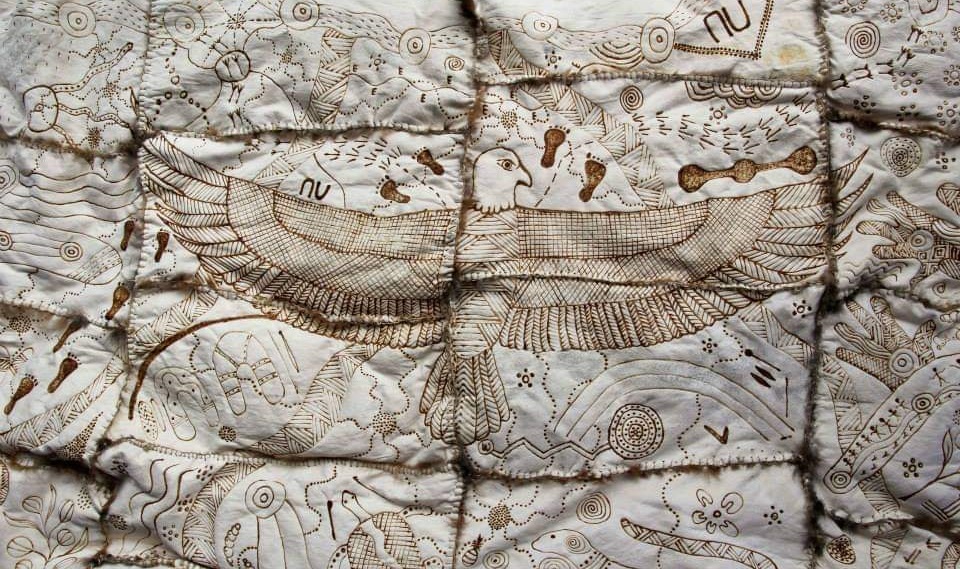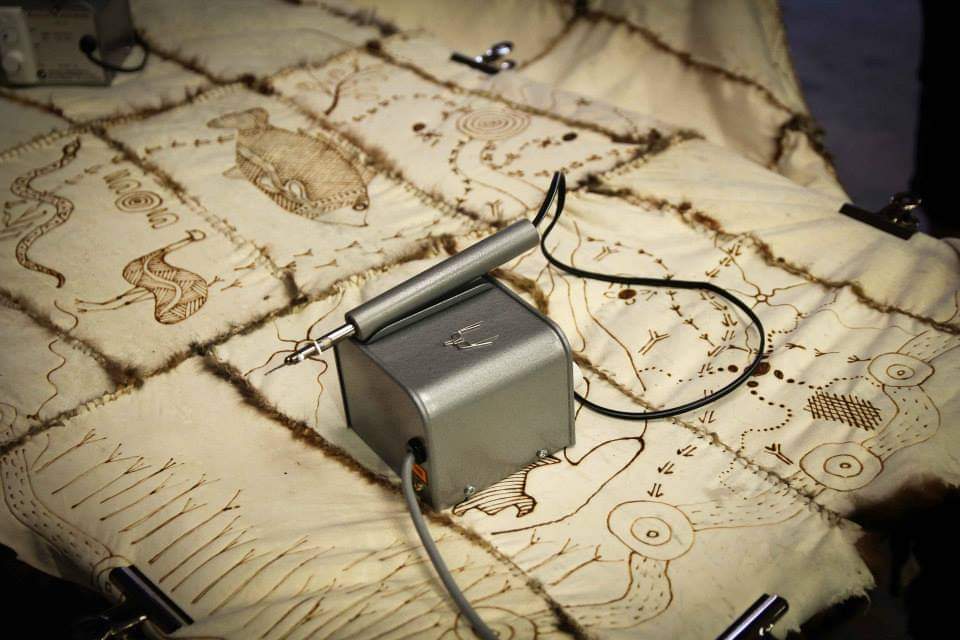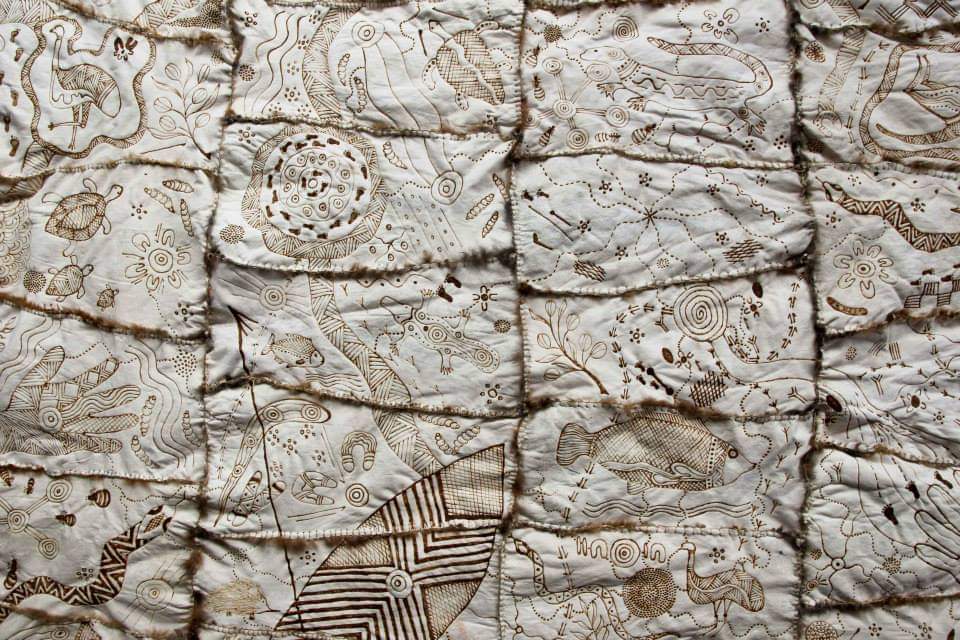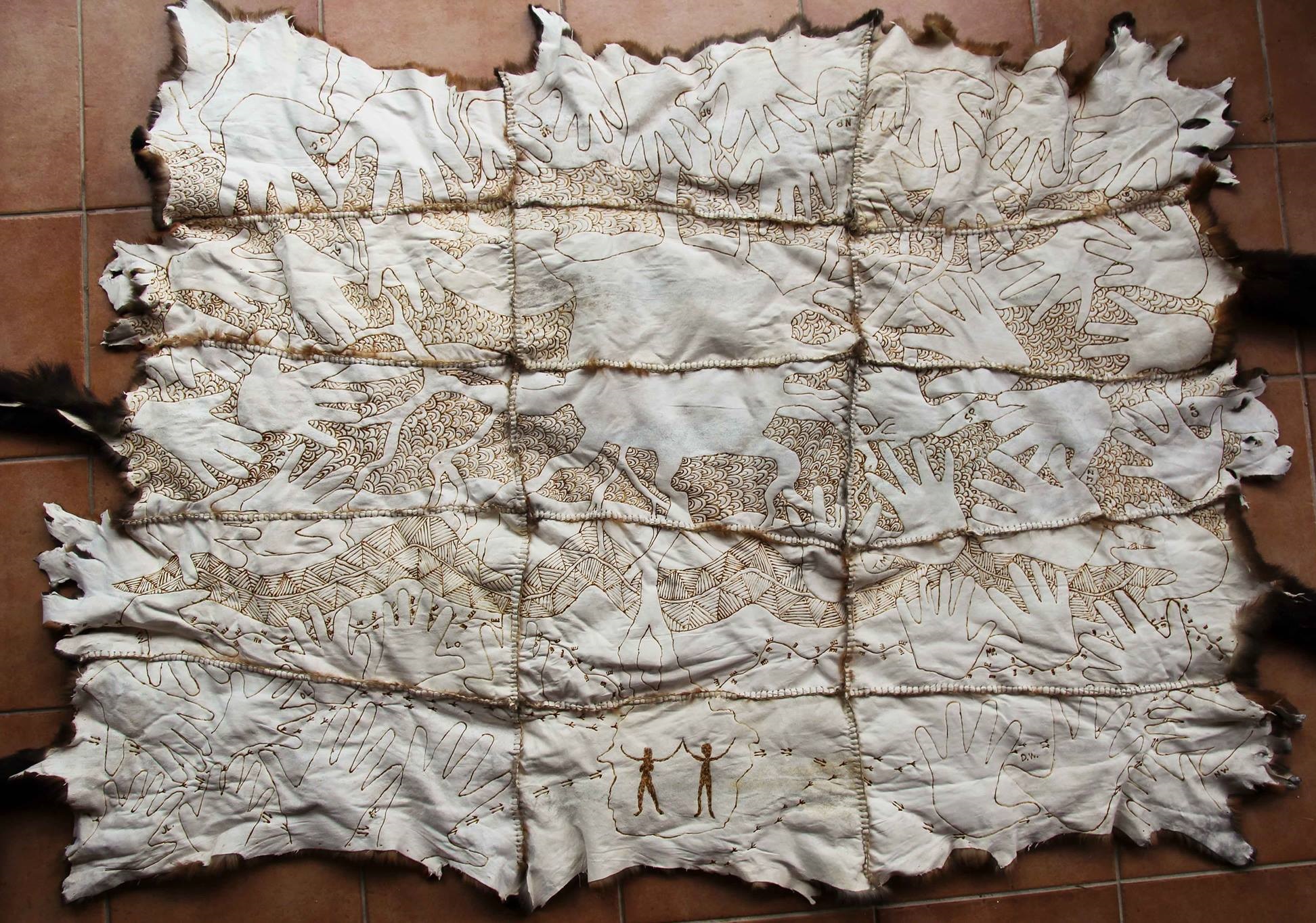I can't.
We are a culture that has become very good at telling ourselves I can’t. This is the unfortunate result of our community’s daily struggles. Opportunity is burdensome when family violence, the absence of confidence and belief, and financial worries, erode our mental wellbeing. The practice of culture has been replaced with the anxieties of modern life, and in many cases, generational trauma. What a rare opportunity then to come together and reconnect to once traditional practices – the creation of possum skin cloaks!
Throughout this workshop, it is our priority to give back to the Aboriginal community residing within the traditional boundaries of the Dja Dja Wurrung Nation, and to provide a positive force where healing may take place through cultural awareness.
It is our way of continuing this lost tradition and where possible to re-establish the connection between community, culture and country.
Stronger Families
The process of creating a possum skin cloak traditionally began from a child’s birth until adulthood. The cloak grew as the child grew, with pelts added over time. Designs were burnt onto the pelts and painted with ochre to reflect the child’s journey into adulthood. The possum skin cloak was essentially an extension of one’s identity. Today, the creation of a possum skin cloak is a celebration of our culture’s passion for storytelling and expression through the arts, but also a continuation of traditional culture that has existed for thousands of years.
We began the workshop with a discussion on what the cloaks would mean for us, and what story we would like to tell. Community members were encouraged to voice their thoughts, and it was quickly decided that Stronger Families would become the underlying theme. Over the past few years, our community has become disconnected from within, which in some cases, has fuelled the physical, emotional, cultural, and economic abuse within families. Stronger Families means connection, trust, balance, stability, and support.
Like the traditional journey of the creation of the possum skin cloak, Stronger Families is the bedrock of our lives, from birth until adulthood. It is true to all people, regardless of culture, religion, or the colour of our skin.
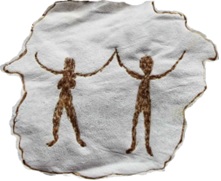
Planning the Workshops
The workshops started between 10am and 4pm and were initially planned to carry over two weekends. However, due to the amount of work involved, we decided to come together for a third weekend to finalise work on the cloaks. Dja Dja Wurrung Clans Aboriginal Corporation provided facilities for the project, which were not only ideal for a large number of people to congregate, but were well-insulated for use of the burning tools later on.
We began the workshop with discussions around the designs of the cloak, as well as the stitching and burning process to follow, but also what Stronger Families meant to everyone. Articles and pictures containing Aboriginal symbols were provided as a source of inspiration, while participants were given paper to draw their own designs on, which would later to be used as reference points for adding to the cloaks later on.
A side note; while it was important to have well-planned workshops, venue use and resource management, we also wanted to ensure that the project itself provided a relaxed environment for community. This project was all about coming together to learn, about therapeuticizing and healing through cultural expression.
This ultimate goal was the most important.
Assembling the Cloaks
In order to assemble the cloaks, we first needed to lay the pelts out side-by-side to get a rough idea of the overall size required for the task. We decided on an adult and children-sized cloak, with the adult cloak obviously containing the most pelts.
The adult cloak was laid out four across and eight down on the flanks (with nine in the central columns due to the small size of some pelts). We tested the cloak against the tallest male participants to ensure the size of the cloak was suitable. The children’s cloak by contrast was just three across and five down. It was important to get these initial steps correct to avoid future mishaps, and so the cloaks would comfortably fit anyone wearing them.
The pelts were then carefully trimmed to size using scissors, each in accordance with the other so they interlocked nicely in the overall layout of the cloak. We also kept the possum tails on the outside of the cloaks, not just for aesthetic purposes, but so they could be tied to bind the cloak together when worn. The rest of the tails were simply cut off and used for wrist or ankle bands. Nothing ever went to waste. Larger trimmers could also be used to test the burners on and try out patterns and designs.
We decided on blanket stitch in order to sew the pelts together, and the group spent the majority of the weekends doing this. During this time, we shared stories, laughed, and got to know one another. It was strangely therapeutic.
Adult’s Cloak
The adult’s cloak was ultimately made up of thirty-eight possum pelts. The design was decided by community members to represent and respect the local Aboriginal nation, the Dja Dja Durrung, and its totem – Bunjil. In Aboriginal culture, Bunjil is a wedge-tailed eagle and the creator spirit of the land. Bunjil was to be located at the top of the cloak (seen in the cover image above), as if to watch over all the individuals and their families.
Everyone who participated in the workshop designed their own personal stories and symbols to show what Stronger Families means to them. This cloak thus represents the story of the local Aboriginal community, highlighting its diverse wealth of knowledge and culture, all coming together with unique stories and journeys, but as a community still very much connected.
Children’s Cloak
The children’s cloak was created using fifteen possum pelts, arranged three across and five down. The design was first drawn onto a piece of paper, then lightly traced over the cloak using a pencil, before carefully running over the design with a burner.
The design depicts a scene in the Australian bush and highlights humanity’s intrinsic connection with nature and spirituality, while adhering to the theme of Stronger Families.
Surrounding the scene are the hands of all the children who participated in the workshops. This was achieved by getting the children to sketch the outlines of their hands onto a piece of paper, which was then cut to size and traced lightly onto the cloak.
I can.
When community entered through the doors to the workshop, they carried a certain degree of uncertainty, even anxiety.
This soon turned to laughter, however, as people gathered around the tables to have a yarn, and even if just for a day, to forget about life’s worries.
People of all ages participated, including many children, who all came to learn something new, and perhaps a little bit about themselves, too. They learnt about culture and embraced an opportunity they may otherwise have little time to do so.
This here is our greatest success.
Community, who were naturally anxious upon entry, left the workshop smiling and laughing, and just a little bit brighter than before.
Before they said I can’t.
Now they say I can.
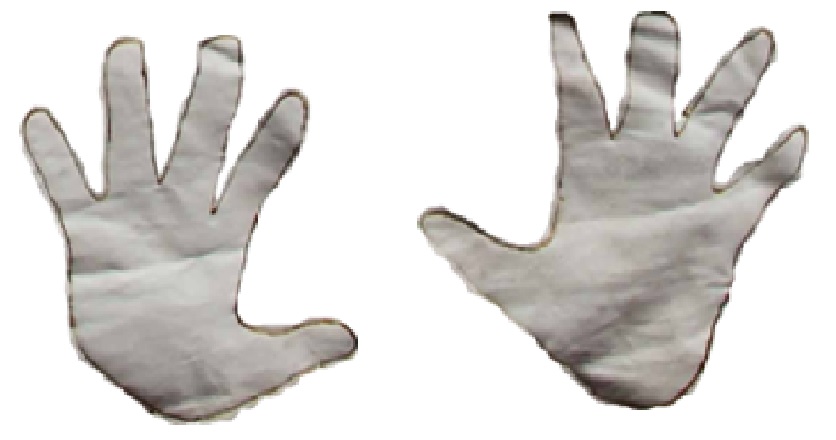
Resources
- The possum pelts were purchased from Basically Bush Limited in New Zealand due to Australia’s native animal protection laws. The possum was introduced to New Zealand from Australia in the 19th Century to start a fur industry. The possums thrived without any natural predators within New Zealand, thus beginning a fur industry that continues to this day.
- The burners (called pyrographs or poker work units) were purchased from IronCore Transformers.
- The thread and needles were purchased from Gascoignes of Gippsland. The thread has proven to be very reliable and durable through the development of the possum skin cloaks, as opposed to the traditional method using sinew from native animals.
